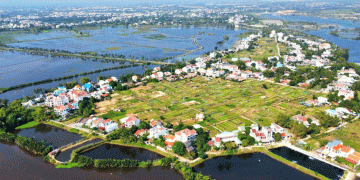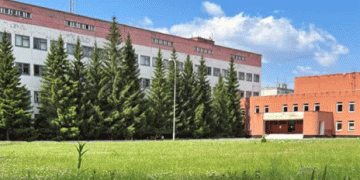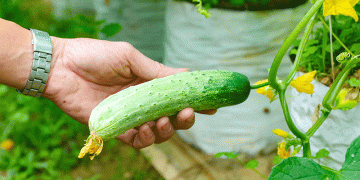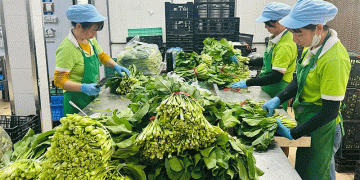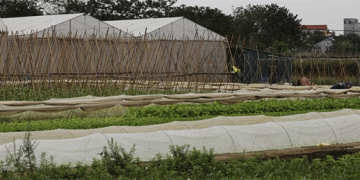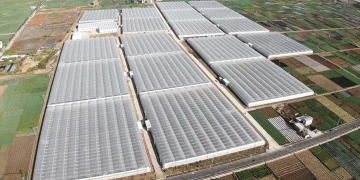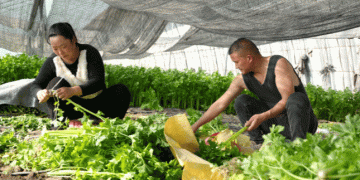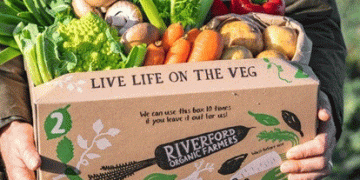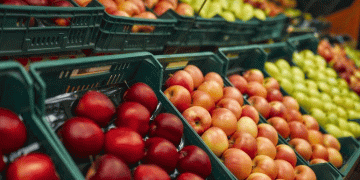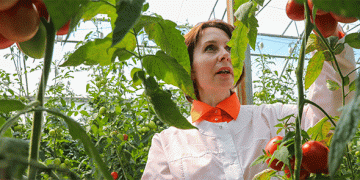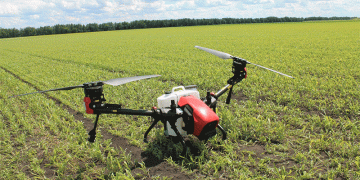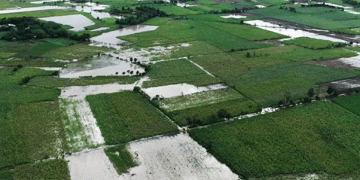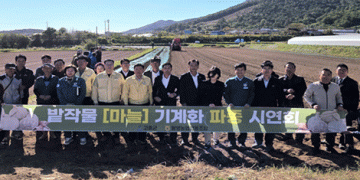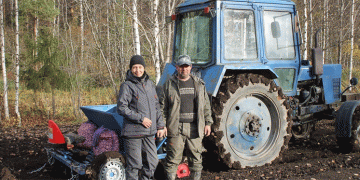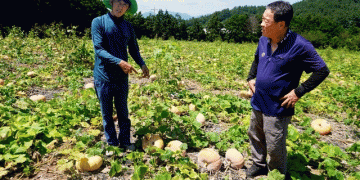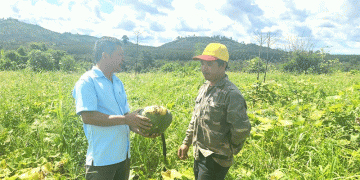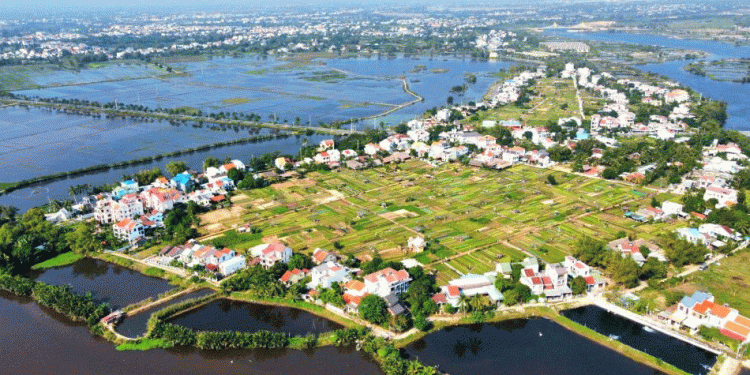As dawn breaks over the red-earth paths of Trà Quế village, nestled in Cẩm Hà Commune, Hội An City, the harmony of laughter, footsteps, and the trickle of water from traditional bamboo yokes fills the air. But this isn’t just another farming morning—it’s a living museum of organic agriculture, community connection, and eco-tourism at its finest.
Trà Quế has cultivated vegetables for over 400 years, producing fragrant herbs such as Vietnamese balm, perilla, and scallions using only riverweed from the Đế Võng River as fertilizer. This unique organic method gives Trà Quế produce a distinctive flavor, cherished across the region. Yet, it is the village’s innovative leap into community-led tourism that has earned it global recognition.
From Fields to Fame: Reinventing Rural Livelihoods
In 2024, UN Tourism named Trà Quế the Best Tourism Village in the World, honoring its commitment to sustainable practices and cultural preservation. The transformation began when locals realized tourists were fascinated by their daily farm routines. Rather than constructing resorts or large-scale attractions, Trà Quế residents chose authenticity.
“Why not turn this simplicity into a tourism experience?” recalled Nguyễn Thị Hường, one of the village’s first homestay pioneers. Now, visitors are invited to till the soil, plant seeds, water crops using bamboo yokes, and even cook traditional dishes like wild vegetable soup and caramelized catfish with turmeric.
British tourist Michael summed it up: “In big cities, I’m a spectator. In Trà Quế, I became part of the story.”
Impressive Growth Through Grassroots Action
- Since 2018, tourism has grown 15% annually in Trà Quế.
- In 2024, the village welcomed nearly 60,000 visitors, 65% of whom were international.
- Over 200 households now benefit directly from tourism, doubling their income compared to farming alone.
The village’s social media presence—showcasing lush green rows, sun-kissed farmers, and joyful tourists—has become a symbol of sustainable living and community pride.
Public and Private Partnerships Driving Success
Recognizing Trà Quế’s potential, the Hội An city government has provided communication, hospitality, and foreign language training to local residents. The city has also collaborated with international organizations to promote the village globally.
According to Nguyễn Văn Sơn, Hội An’s mayor: “Trà Quế proves that economic growth doesn’t require concrete. Cultural conservation and tourism can grow together.”
On a broader scale, Quảng Nam province has set a goal that by 2025, 50% of its tourism destinations will meet national green tourism standards. Trà Quế stands as a leading model in this effort.
A Circular Future Rooted in the Past
Zurab Pololikashvili, Secretary-General of UN Tourism, described Trà Quế as “an ideal model for sustainable tourism development,” praising how traditional values, when properly preserved, become priceless assets.
At the heart of this success is a strong local community, willing to adapt, learn, and take ownership of their story. From farmhands to tour guides, Trà Quế’s people now wear many hats—and even the nón lá—with pride.
Trà Quế is more than just a vegetable village; it’s a beacon of rural resilience, proving that heritage and innovation can coexist beautifully. By aligning tradition with global tourism trends, this small Vietnamese village has created a sustainable model that connects people, land, and culture—one seed at a time.
